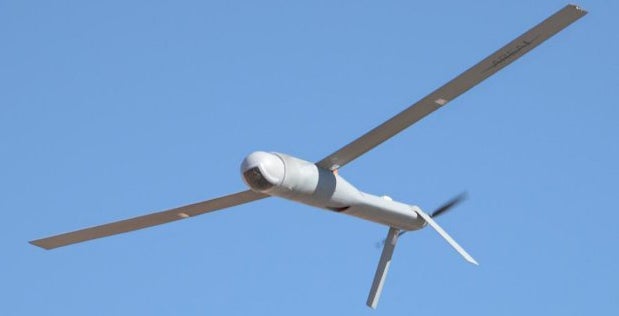
The US Air Force Research Laboratory (AFRL) has developed new military capabilities using Defense Advanced Research Projects Agency’s (DARPA) optics technology.
The move builds on DARPA’s Extreme Optics and Imaging (EXTREME) programme, which developed new optical components, devices and systems using engineered optical materials, or metamaterials.
DARPA collaborated with the National Geospatial-Intelligence Agency’s (NGA) Research Directorate in 2018 to utilise the concept to support the development of optical systems for uncrewed aerial systems (UAS).
Subsequently, the NGA Metalenses programme funded AFRL’s multi-centimetre meta-optics development and characterisation.
DARPA Defense Sciences Office programme manager Rohith Chandrasekar said: “Through the NGA effort, AFRL developed unique capabilities using EXTREME technologies to characterise the optical performance of novel meta-optics and developed new insights into how they could be integrated into a full imaging system.”
The EXTREME technologies are now transitioning from NGA to AFRL under the Seedlings for Disruptive Capabilities Program (SDCP).

US Tariffs are shifting - will you react or anticipate?
Don’t let policy changes catch you off guard. Stay proactive with real-time data and expert analysis.
By GlobalDataIt will support multiple SDCP projects such as Integrated Compact Electro-Optic (EO)/Infrared (IR) Systems (ICES); the XQ-58 Valkyrie experimental stealthy uncrewed combat aerial vehicle; and the Air Launched Off-Board Operations (ALOBO) programme, a tube-launched UAS.
AFRL is leveraging EXTREME technology to make changes in the EO/IR systems of the XQ-58 and ALOBO platforms.
For XQ-58, the agency aims to reduce the volume of existing sensors to accommodate additional sensors. AFRL is also modifying the tube-launch compatible gimbal system in ALOBO.
AFRL Aerospace Systems Directorate ALOBO team lead Paul Fleitz said: “Our close partnership with DARPA and the performers on the EXTREME programme has enabled us to rapidly mature and demonstrate new technology for optical systems, which increases imaging system performance to address future system needs where conventional optics cannot meet performance or cost requirements.
“Transitioning this technology and design tools developed under the EXTREME programme to AFRL SDCP programmes has dramatically accelerated the development and demonstration of this technology and increased the impact of the development programme.”



